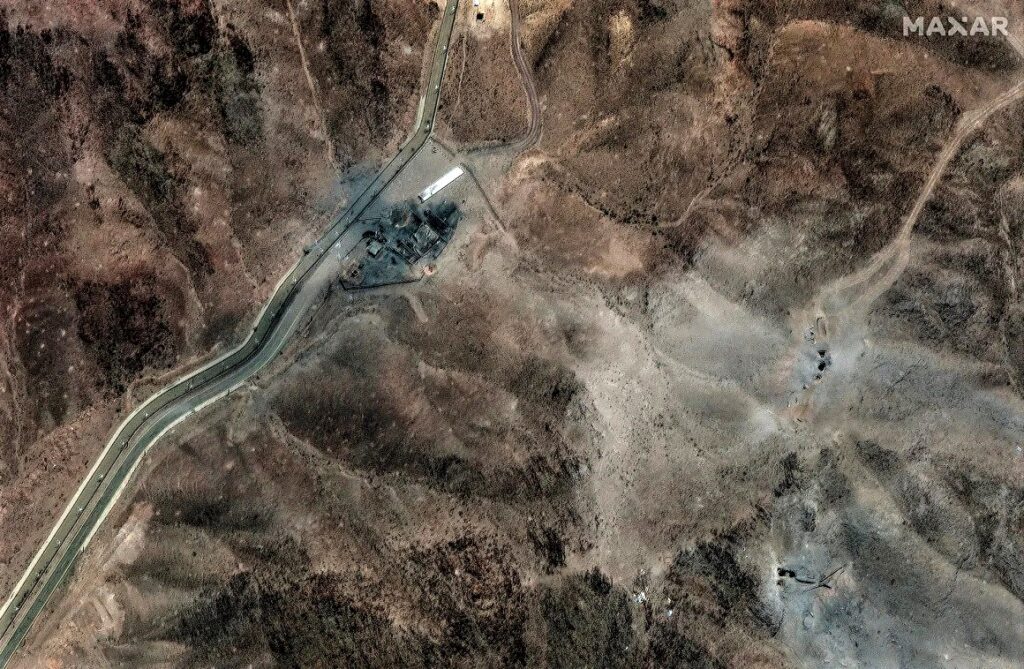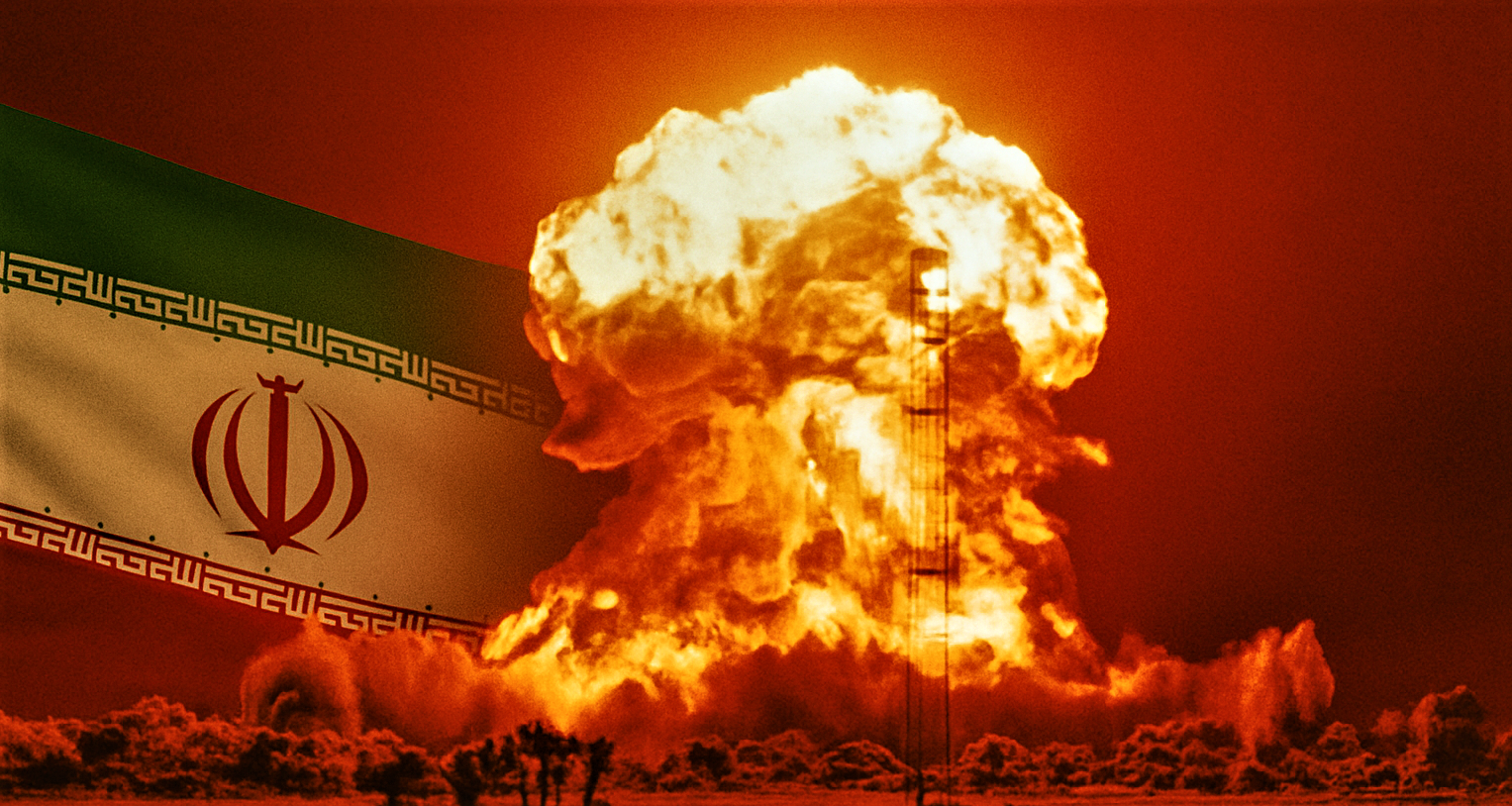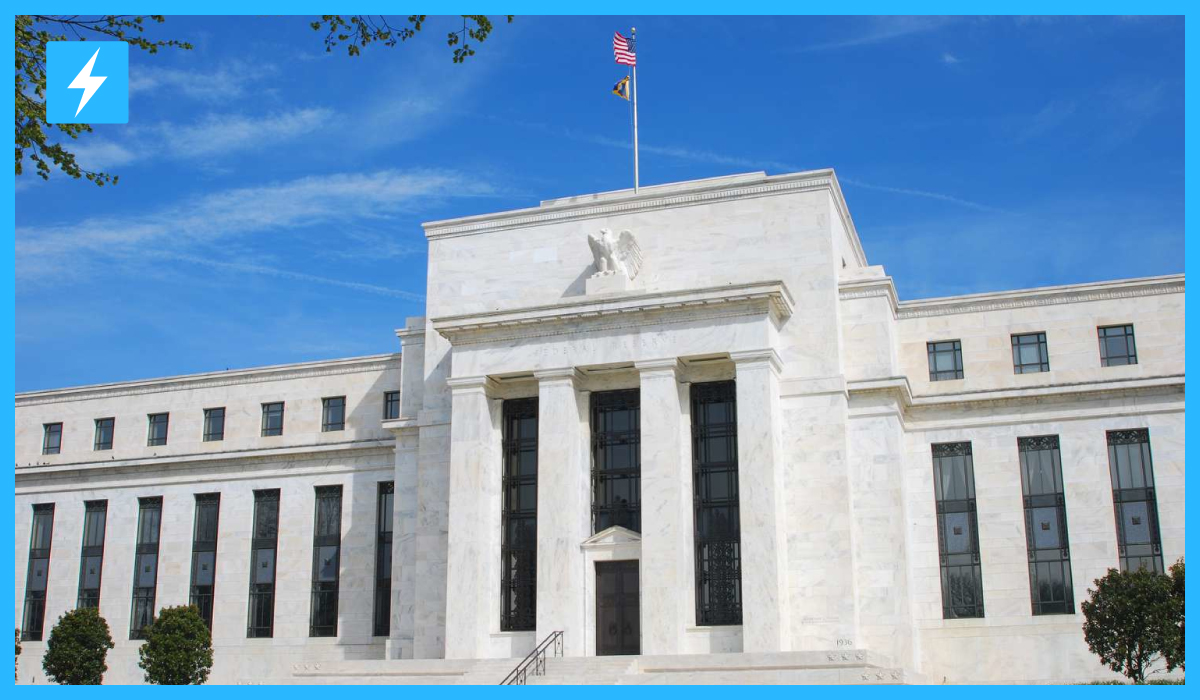Iran Nuclear Crisis
The international community is grappling with alarming revelations following the United States’ unprecedented strikes on Iran’s nuclear facilities. In a shocking turn of events, approximately 400 kilograms of highly enriched uranium has reportedly gone missing from Iran’s nuclear inventory, raising grave concerns about global security and nuclear proliferation.
The Missing Uranium Crisis: A Global Security Nightmare
The missing uranium crisis represents one of the most significant nuclear security threats in recent history. The International Atomic Energy Agency (IAEA) has confirmed that it has lost track of Iran’s stockpile of 60% enriched uranium, which disappeared in the aftermath of coordinated US and Israeli strikes on three key Iranian nuclear facilities.
IAEA Director General Rafael Grossi revealed the disturbing details, stating: “We do not have information regarding the location of this material”. The uranium in question—enriched to 60% purity—is dangerously close to the 90% threshold required for weapons-grade material and could theoretically be used to produce up to 10 nuclear weapons.
Iran’s Strategic Role in Nuclear Proliferation
Iran’s Nuclear Program Background
Iran’s nuclear program has been at the center of international diplomatic tensions for years. Under the 2015 Joint Comprehensive Plan of Action (JCPOA), Iran was restricted from enriching uranium beyond 3.67% purity. However, following the US withdrawal from the agreement in 2018, Iran progressively violated the terms, accumulating substantial quantities of highly enriched uranium.
Operation Midnight Hammer: The Coordinated Strikes
The current crisis emerged after Israel launched unprecedented attacks on Iran’s nuclear facilities on June 13, 2025, followed by devastating US airstrikes on June 22. President Donald Trump described the military operations as “Operation Midnight Hammer,” claiming that Iran’s key nuclear enrichment facilities had been “completely and totally obliterated”.
Intelligence Reports Challenge Strike Effectiveness
Despite President Trump’s bold claims of total success, intelligence assessments paint a more complex picture. A leaked preliminary US intelligence report suggests that Iran’s nuclear development has only been delayed by a few months, contradicting the administration’s public statements about complete destruction.
Evidence of Limited Strike Success
The effectiveness of the strikes has been called into question by several factors:
- Pre-Strike Movement: Satellite imagery revealed cargo truck convoys departing from targeted facilities days before the attacks
- Strategic Relocation: Nuclear experts believe Iran relocated its most sensitive materials to secret underground locations
- Operational Continuity: Iran’s Atomic Energy Organization announced that “plans for restarting facilities have been prepared in advance”

Maxar Technologies/AP
The International Hunt for Missing Uranium
The Cat-and-Mouse Game Intensifies
The search for Iran’s missing uranium has evolved into what experts describe as a “cat-and-mouse” hunt between international inspectors and Iranian authorities. The situation is complicated by Iran’s decision to suspend cooperation with the IAEA immediately following the strikes.
Western intelligence agencies are scrambling to determine the uranium’s whereabouts, with some officials suggesting the material may have been moved to the heavily fortified underground facility at Kuh-e Kolang Gaz La, known as “Pickaxe Mountain”. This lesser-known facility is reportedly even more heavily fortified than the famous Fordow site.
Investigation Scenarios Under Consideration
Several scenarios are under consideration:
- Buried Under Rubble: Some officials believe the uranium was destroyed in the strikes and lies buried under debris
- Secret Relocation: Intelligence suggests the material was moved to undisclosed underground facilities
- Distributed Storage: The uranium may have been divided and stored in multiple secret locations
Public Response and Social Media Impact
Social Media Erupts Over Nuclear Crisis
The missing uranium crisis has sparked intense discussions across social media platforms, with hashtags like #IranUraniumCrisis, #MissingUraniumIran, and #400kgUraniumMissing trending globally. Public reaction has been a mixture of alarm, skepticism, and calls for diplomatic solutions.
President Trump’s unconventional approach to crisis communication through social media has drawn particular attention. His Truth Social posts, often written in all-caps, have served as primary sources of information for many Americans about the evolving situation. Trump’s social media diplomacy has included statements like “THIS IS AN HISTORIC MOMENT FOR THE UNITED STATES, ISRAEL, AND THE WORLD”.
Public Opinion Shifts on Nuclear Weapons
Recent polling data reveals a significant shift in Iranian public opinion regarding nuclear weapons. A survey conducted between February and May 2025 found that 69% of Iranians now support their country pursuing nuclear weapons, marking a dramatic departure from previous polls where majorities opposed weaponization. This shift suggests growing public support for Iran’s nuclear ambitions amid escalating regional tensions.
Environmental and Regional Implications
Despite the massive scale of the attacks, nuclear experts have provided some reassurance regarding environmental impacts. The destruction of uranium enrichment facilities is unlikely to cause severe environmental consequences similar to Chernobyl, as the targeted sites primarily contained enriched uranium rather than active reactor cores.
However, the regional implications remain severe. The strikes have fundamentally altered Middle Eastern geopolitics, with Iran threatening to withdraw from the Nuclear Non-Proliferation Treaty and regional powers expressing deep concern about escalation.
Iran’s Defiant Response
Official Iranian Statements
Iranian officials have maintained a defiant stance throughout the crisis. Ali Shamkhani, a senior advisor to Supreme Leader Ayatollah Khamenei, declared on social media: “Even if the nuclear facilities are obliterated, the game isn’t finished. Enriched materials, homegrown knowledge, and political resolve will persist”.
Suspension of IAEA Cooperation
Iran’s parliament has passed legislation suspending collaboration with the IAEA, effectively shutting out UN nuclear inspectors from Iranian sites. This move has heightened fears that Iran’s nuclear program is now beyond international oversight.
Global Reactions and Diplomatic Fallout
The international response to the missing uranium crisis has been mixed. While Israel and its supporters have praised the strikes as necessary to prevent Iranian nuclear proliferation, many world leaders have expressed grave concerns about the escalation.
UN Secretary-General Antonio Guterres characterized the situation as a “dangerous escalation” that poses a “direct threat to global peace and security”. European allies have called for renewed diplomatic efforts, while regional powers like Saudi Arabia and Qatar have urged restraint and de-escalation.
The Nuclear Proliferation Challenge
The Iran nuclear crisis represents a critical test of the global nuclear non-proliferation regime. With Iran’s uranium enrichment capabilities potentially intact despite the strikes, and with substantial quantities of highly enriched uranium unaccounted for, the international community faces a complex proliferation challenge.
The missing uranium crisis has reignited debates about the effectiveness of military action versus diplomatic engagement in addressing nuclear proliferation threats. As search efforts continue and diplomatic tensions remain high, the world watches anxiously for developments in this unprecedented nuclear security crisis.
What Happens Next: The Ongoing Investigation
The international community faces unprecedented challenges in accounting for Iran’s missing uranium stockpile. Former IAEA inspector Olli Heinonen warns that the investigation will be “lengthy and arduous,” involving complex recovery operations, forensic analysis, and environmental sampling.
The situation remains fluid, with ongoing intelligence operations attempting to locate the missing uranium while diplomatic channels work to prevent further escalation. The outcome of this crisis will likely have lasting implications for nuclear security, Middle Eastern stability, and international relations for years to come.
>> Read Latest News Here <<




